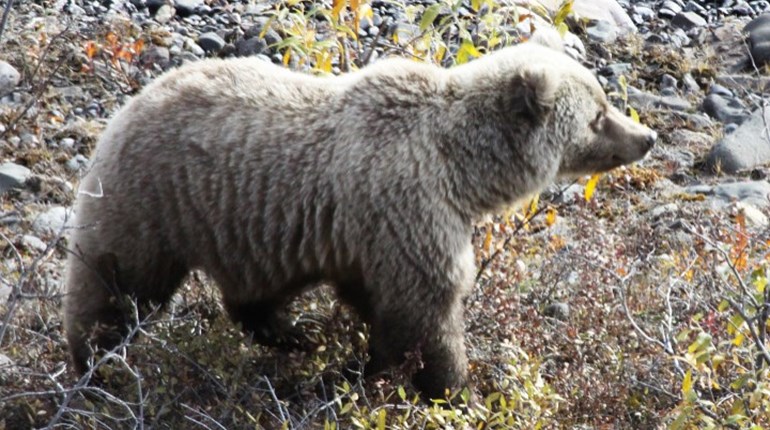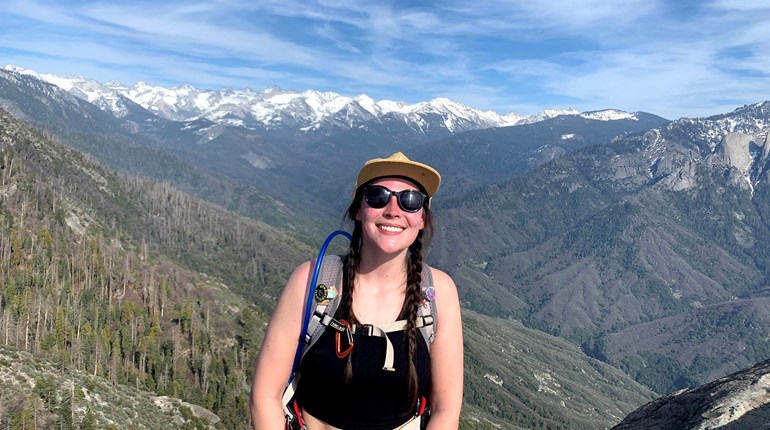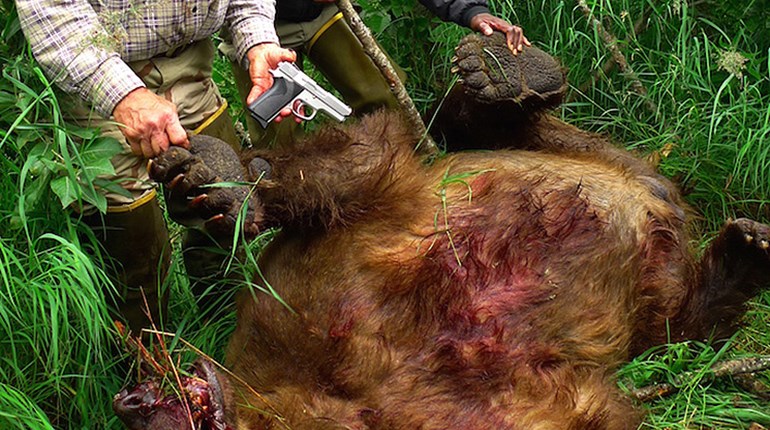
Two grizzly bear attacks were reported last week from hunters in southwestern Montana. Thankfully neither hunter was injured. Attempts were made to deter the bears, but in the end the hunters were forced to fatally shoot the bruins.
The first incident reported, on October 28th, was that of a hunter coming upon a feeding female bear. The report states that the bear turned from feeding and charged at the hunter. The hunter said he used bear spray in hopes to scare the bear away, but had to shoot the bear in self-defense.
The second incident, reported three days later on October 31st, was made by a group of elk hunters who unknowingly approached a female grizzly bear with her two young cubs. The hunters state that they used bear spray in attempt to fend off the grizzly, yet the bear continued to charge and had to be shot in fear of a lethal attack. Officials said that due to the rough terrain—the report placed the attack at Johnson Lake near West Yellowstone—no venture will be made to pursue the young cubs.
It is legal to shoot animals in defense of a human life but a report must be made to that state’s Fish, Wildlife and Parks (FWP) Department. The hunters in the two attacks above obliged. In addition, because the grizzly bear is a federally protected species, U.S. Fish and Wildlife officials will further investigate the incidents.
Along with these two bear run-ins, there have been 20 to 30 other grizzly conflicts throughout the Northwestern region of Montana in just the past few weeks. Is there a cause for this abundance of bear activity throughout the state? As it turns out, yes.
As grizzly and black bears prepare to den up for winter they are on a constant search for food; they’re in their seasonal state known as hyperphagia or “excessive eating.” Yet, due to Montana’s drought this year, the supply of food in higher elevation areas is scarce. So, the bears are having to scour the lower valley floors for food sources such as berries and fruit trees, which brings them closer to human residences. And the allure of trash and birdseed further lures them into human territory.
The weather, however, is not fully to blame for the increase in human and bear interactions. In 1975, under the authority of the Endangered Species Act, the U.S. Fish and Wildlife Service listed the grizzly bear in the lower 48 states as “threatened.” Throughout the 48 states it was believed that only 800 to 1,000 grizzly bears remained, with a tiny population of 136 in the Greater Yellowstone area.
Today, thanks to the Endangered Species Act and the efforts of conservationists, an estimated 1,000 grizzlies call Northwestern Montana home. It’s wonderful that the population has bounced back! Yet along with the increase in grizzlies there’s been a growth of residents in Northwestern Montana and park travel has risen to over 2 million annual visitors. The two growing populations, and temporary visitors, has created a forever expanding human-bear interface. So, more bears and more people mean more interactions. More interactions mean a higher possibility of a bear attack.
According to the Montana Fish, Wildlife and Parks Department the best way to avoid conflicts is through prevention. These proactive steps are helpful in protecting your home and land.
- Remove birdfeeders until denning season is over
- Do not leave garbage, pet food or grain outside
- Lock your garbage cans
- Use electrical fencing around poultry, beehives and fruit trees
- Pick your fruit as soon as it’s ripe
If you’re out on a hunt or hike, here are the recommended responses to help keep a bear run-in from escalating into an attack.
- Always have bear spray and know how to use it
- Keep your distance from the bear and stay calm (100 yards is recommended but that’s not always in your control)
- Grab hold of any children that may be with you
- Speak softly and do NOT make eye contact
- Before backing away, throw a back pack, glove or any item on the ground as something to distract the animal
- Do NOT run, climb a tree, or attempt to frighten the grizzly bear—they can out-run you, out-climb you…and you are not the Hulk
However, despite all your attempts if the interaction does turn violent and the bear charges, here are the responses you should know.
Arming yourself with knowledge is the best defense, so be sure you’re ready to react the best way possible in the event of a bear conflict.







































